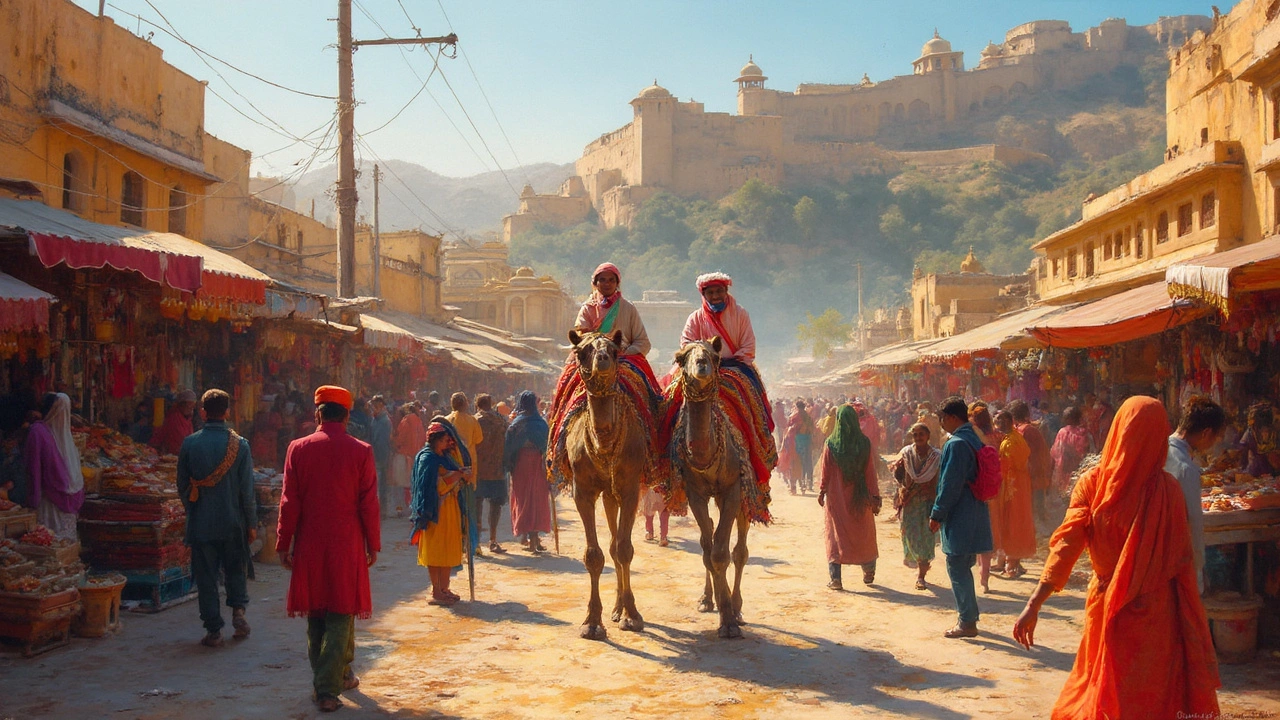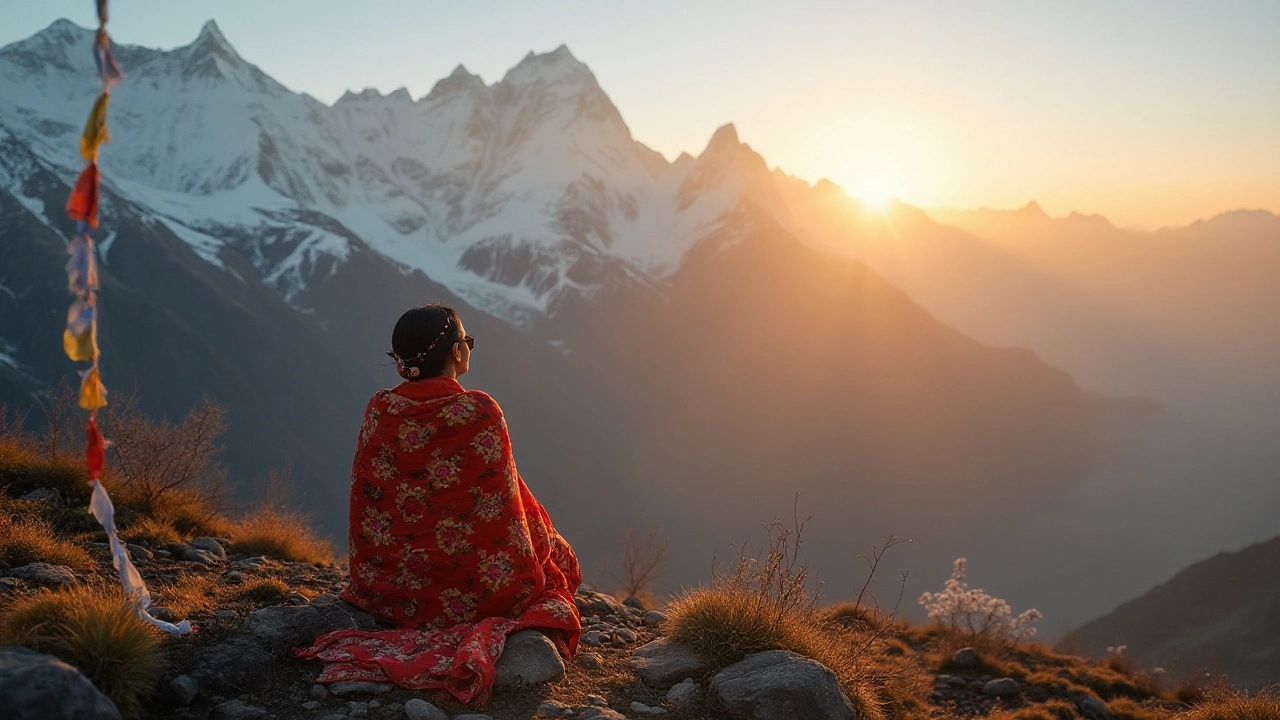SEARCH
Travel Safety: Simple Tips to Keep You Safe Across India
Traveling in India is an adventure, but a little extra caution can turn a close call into a smooth ride. Whether you’re hopping off a train in Delhi or chilling on a beach in Kerala, the basics of staying safe stay the same: know where you’re going, keep your stuff secure, and look after your health.
Choosing Safe Destinations & States
Not all places have the same safety record. Our recent guide on the "Safest State in South India" shows that Kerala consistently ranks high for low crime rates, friendly locals, and well‑maintained infrastructure. If you’re planning a road trip, aim for routes that pass through Kerala, Tamil Tamil Nadu, or Karnataka – they’re known for reliable transport and helpful police stations.
When you fly, pick airports that score well on cleanliness and security. The "Cleanest and Safest Airports in India" list highlights airports like Delhi’s IGI, Mumbai’s Chhatrapati Shivaji, and Bangalore’s Kempegowda International. These hubs have visible security checks, clear signage, and good crowd management, making navigation less stressful.
Even at the border, a quick tip can save you headaches: if you’re carrying personal jewelry, you don’t always have to declare it. Our article on declaring jewelry explains when it’s required and how to pack items to avoid extra paperwork. Keep receipts handy and know the value limits for each airport.
Practical On‑the‑Road Security
First thing you’ll need is a solid plan for your money and documents. Store a photocopy of your passport, visa, and tickets in a separate bag from the originals. Use a hidden pouch for cash and keep a digital backup on a secure cloud service. If you’re using a credit card, enable alerts for any transaction – a sudden overseas charge will ping you right away.
Food safety is another big part of staying safe. The "What to Eat in India" guide recommends sticking to freshly cooked dishes, drinking bottled water, and avoiding raw salads from street stalls unless you see a high turnover. Stick to places where you see locals eating; that’s usually a good indicator of clean kitchens.
Night travel can feel risky, but a few habits help. Opt for reputable ride‑share apps or pre‑booked taxis rather than random hails. Keep the phone charger and a portable power bank handy so you never lose signal. If you’re staying in a hostel or budget hotel, lock your luggage and use a lock on the door when you leave the room.Finally, trust your gut. If a situation feels off – a too‑friendly stranger, a shady accommodation, or a chaotic market – step back, reassess, and move to a safer spot. Most locals appreciate respectful travelers and will point you toward a better option.
By following these easy steps – picking safe states, using reputable airports, protecting your belongings, and eating smart – you can enjoy India’s wonders without worrying about safety. Pack your curiosity, not your fear, and hit the road with confidence.

Is It Safe for Americans to Travel to India? Exploring North India Tourism
Traveling to India offers exciting experiences, especially in North India. While it promises adventure, understanding safety aspects is crucial to ensure a smooth trip. Travelers should be informed about cultural differences, health precautions, and regional tips. Engaging with local customs enhances the travel experience. Planning ahead and staying updated on local news can significantly influence safety.
Continue reading
Safe and Stunning Destinations in North India for Travelers
Exploring North India can unveil a wealth of cultural and natural wonders. With a rich tapestry of landscapes and traditions, this region offers a plethora of travel opportunities. However, safety remains a top priority for travelers planning their trips. From the ethereal Himalayas to historical cities like Jaipur and Agra, we delve into a selection of secure places in North India that promise a memorable experience while ensuring your peace of mind. Embark on a journey to discover these captivating destinations that blend safety with beauty.
Continue reading